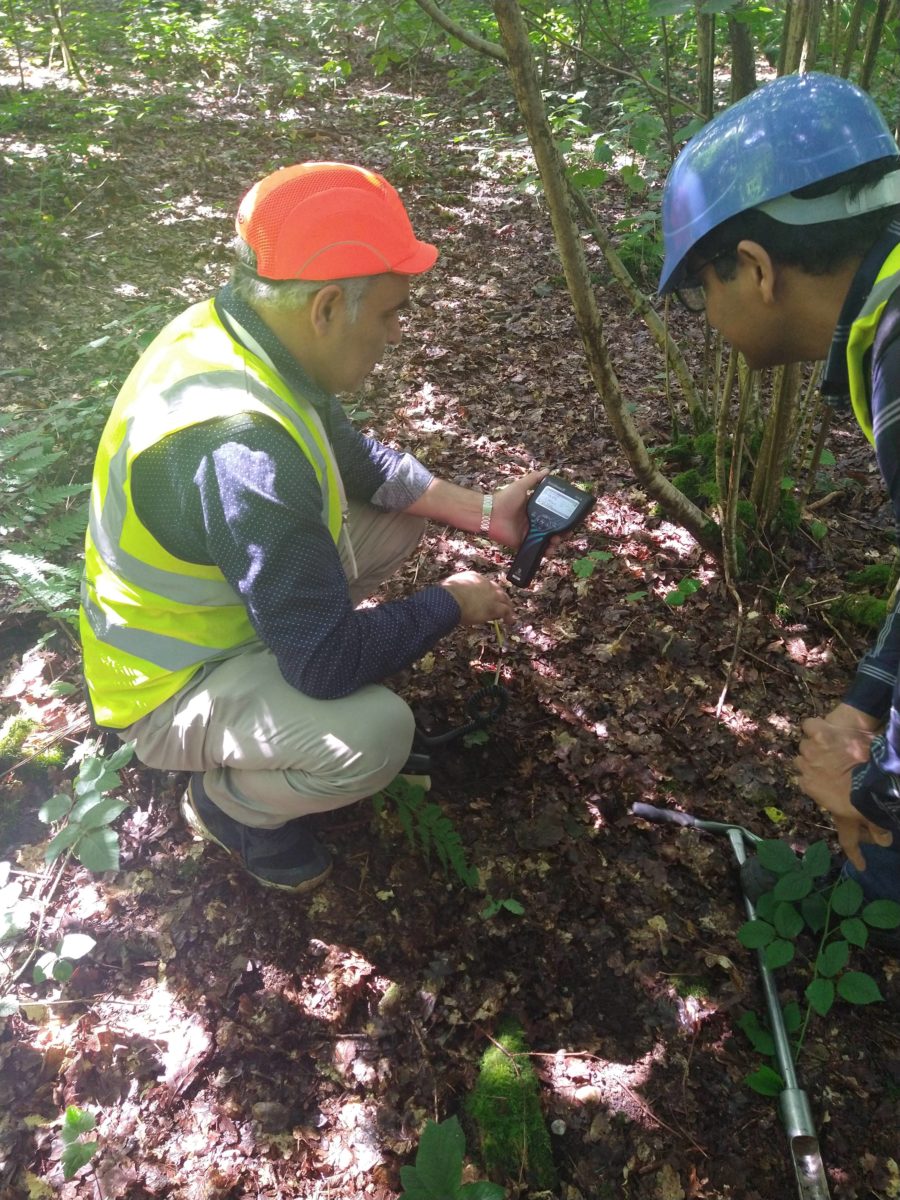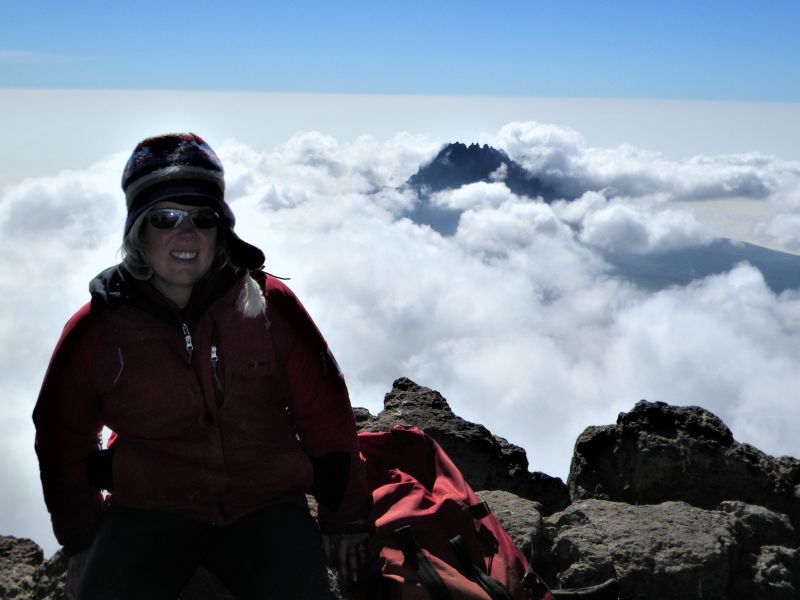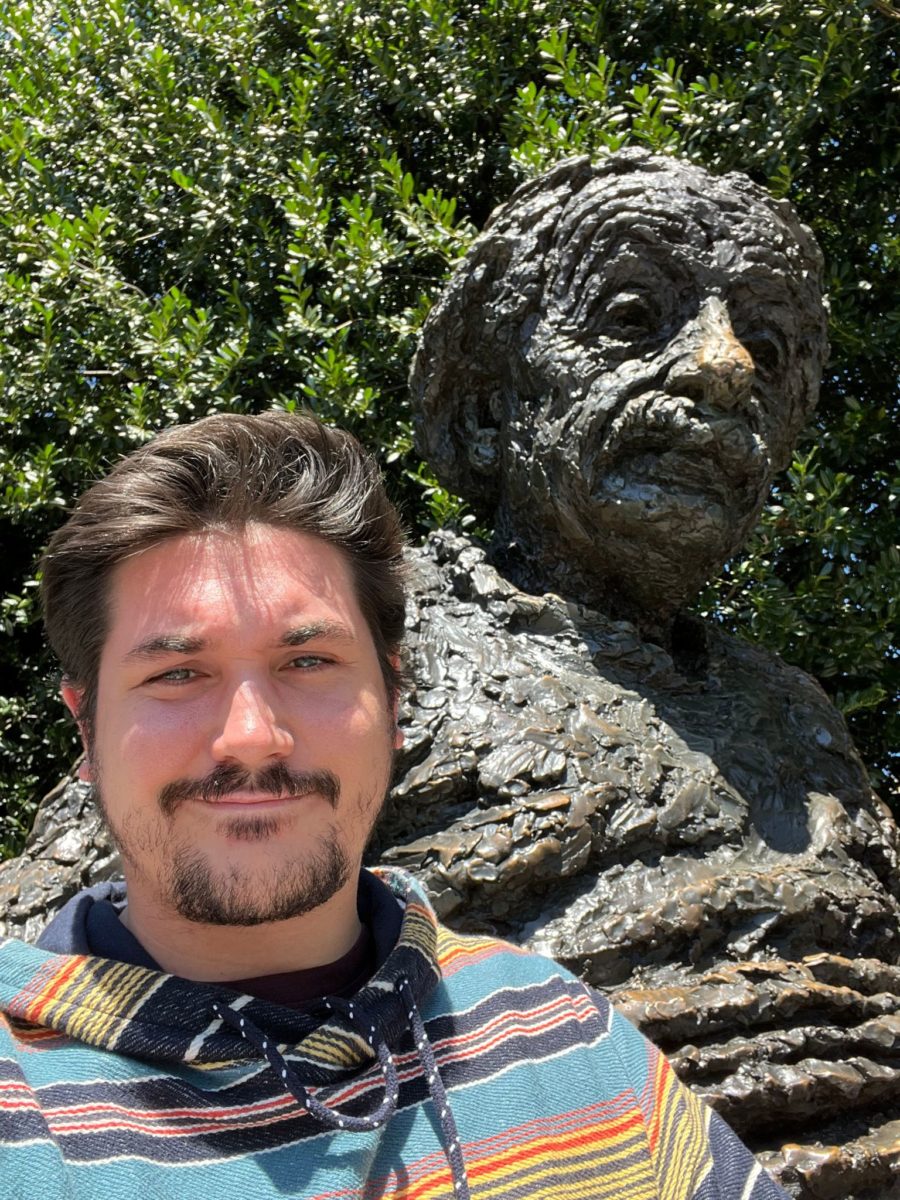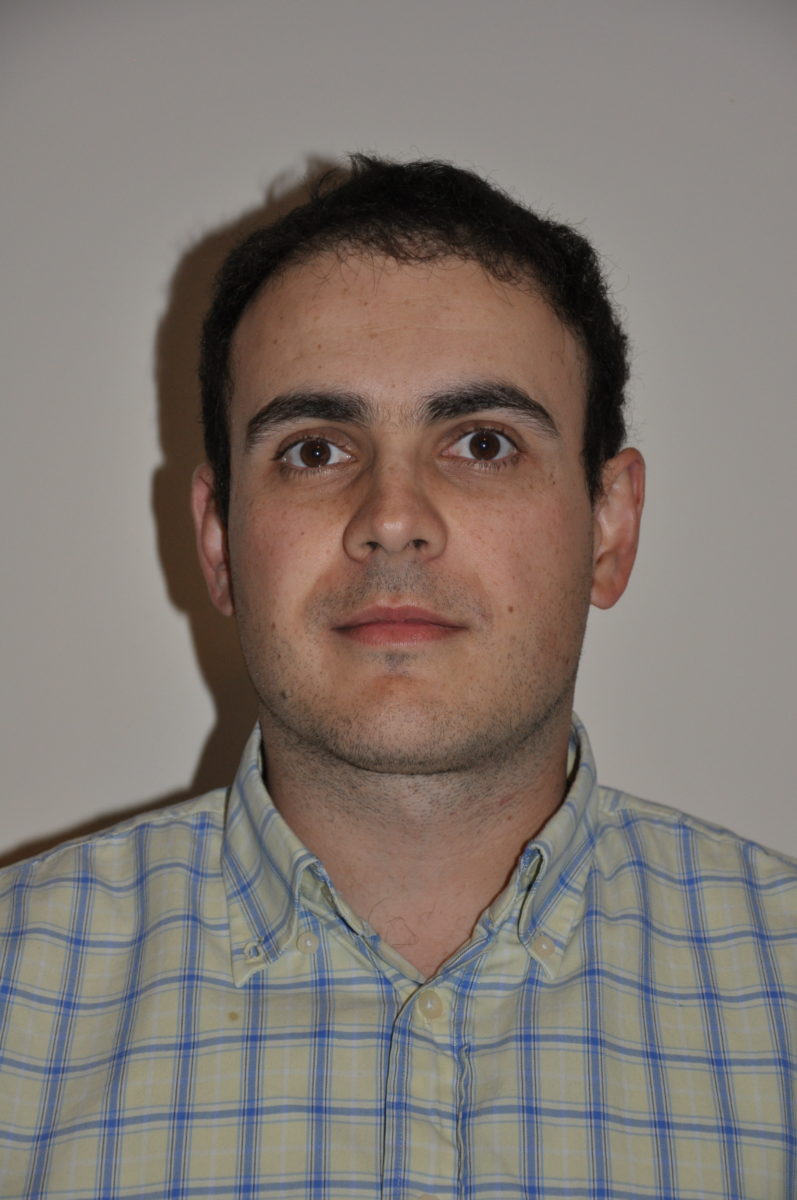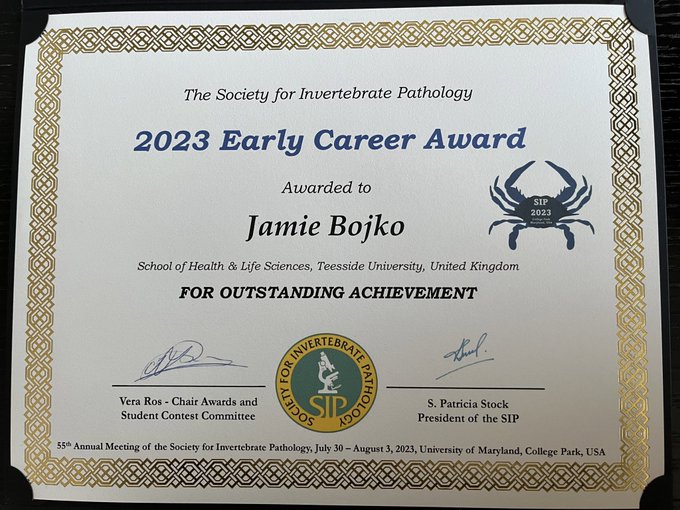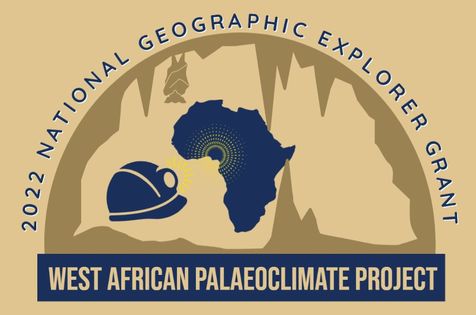Climate change is affecting the dynamics of greenhouse gas emissions depending on land use, a new study by Guo et al. (2023) has found.
Climate change is now a fact. Experts all over the world agree that we are going to suffer more frequent extreme weather. This is then more frequent heavy rain leading in many cases to severe flooding, and more frequent heat waves leading to severe droughts. Water is a main factor affecting soil biogeochemistry, so these changing soil conditions (prolonged flooding and flooding-drying) were the main driver of the study, including land-use change. The study was conducted by a group of multidisciplinary and multi-institutional scientists leaded by Prof Sami Ullah and Dr Yafei Guo from the University of Birmingham (Biogeochemists), Dr Ernesto Saiz from Teesside University (Biogeochemist), Dr Aleks Radu from Lincoln University (Chemist), and Prof Sameer Sonkusale from Tufts University (Engineer). Also, this study was used for testing new sensor prototypes for continuous monitoring of soil ions (potassium, ammonium, nitrate, and pH). The findings suggest that extreme weather and land-use should be consider for the calculations of the Net Zero greenhouse gas emissions.
Link to the paper: https://doi.org/10.1016/j.geodrs.2023.e00697



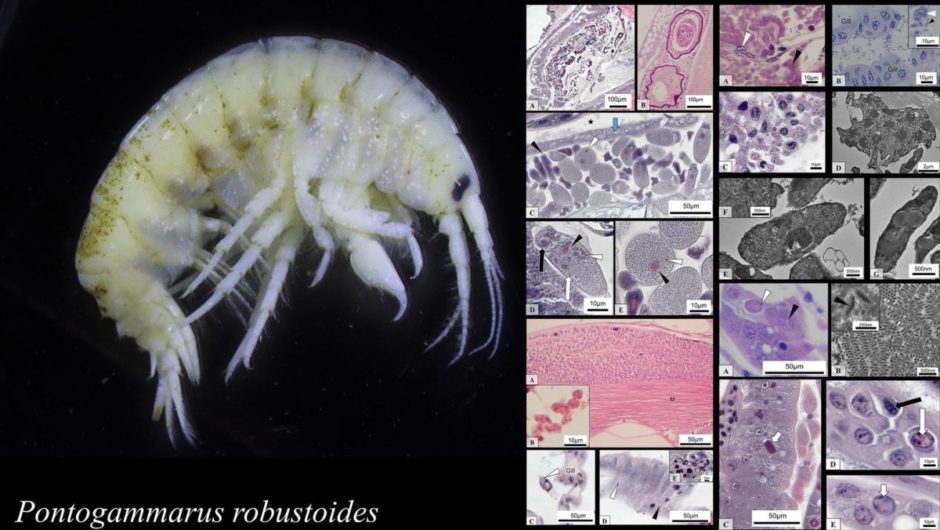


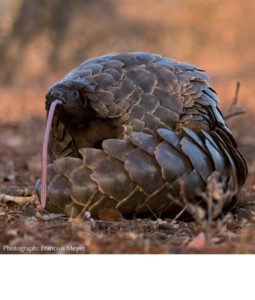 To learn more about these fascinating creatures check out some books that Dr Desiré Dalton (Lecturer, Teesside University) has contributed to (
To learn more about these fascinating creatures check out some books that Dr Desiré Dalton (Lecturer, Teesside University) has contributed to (